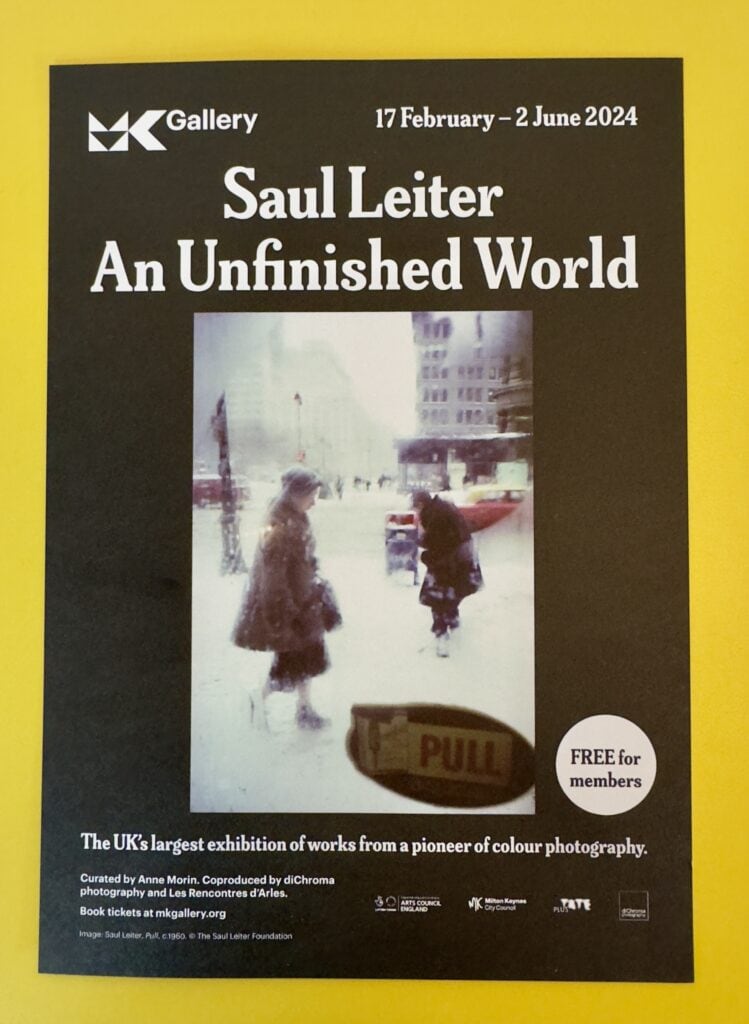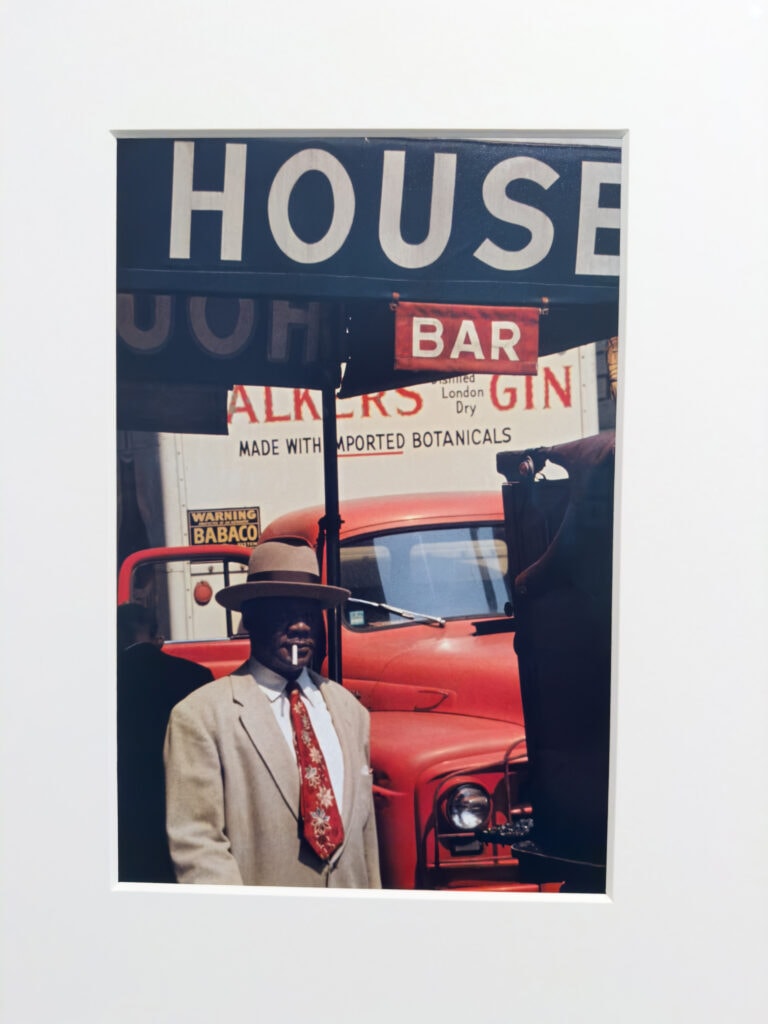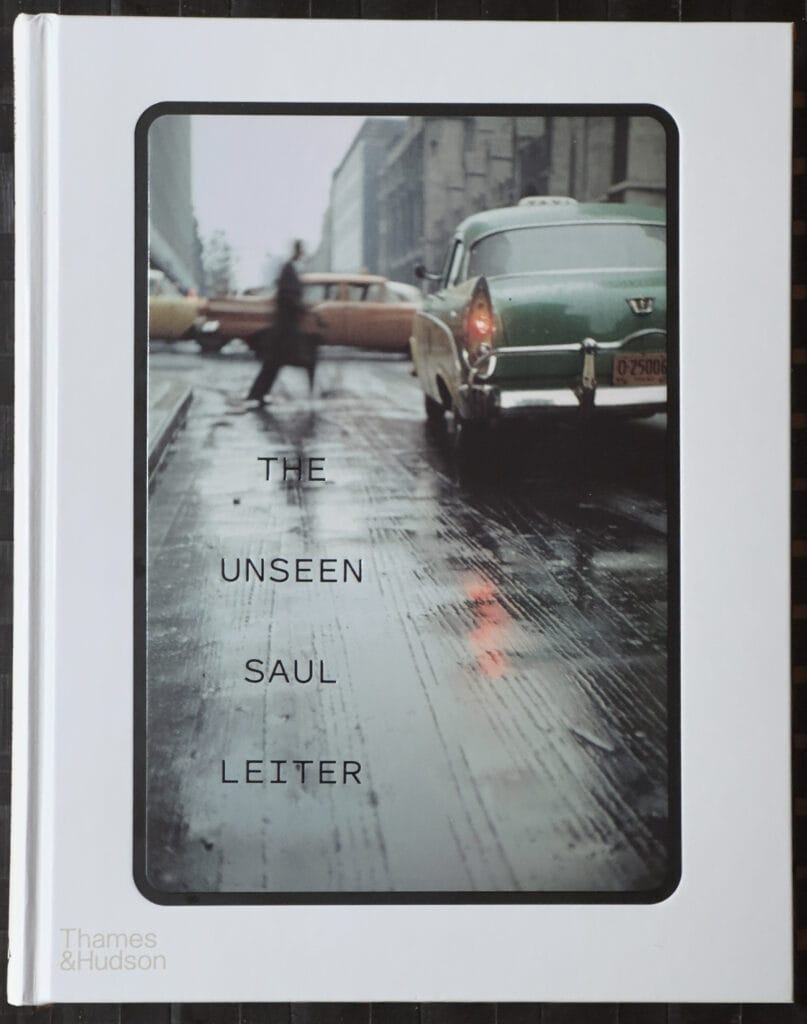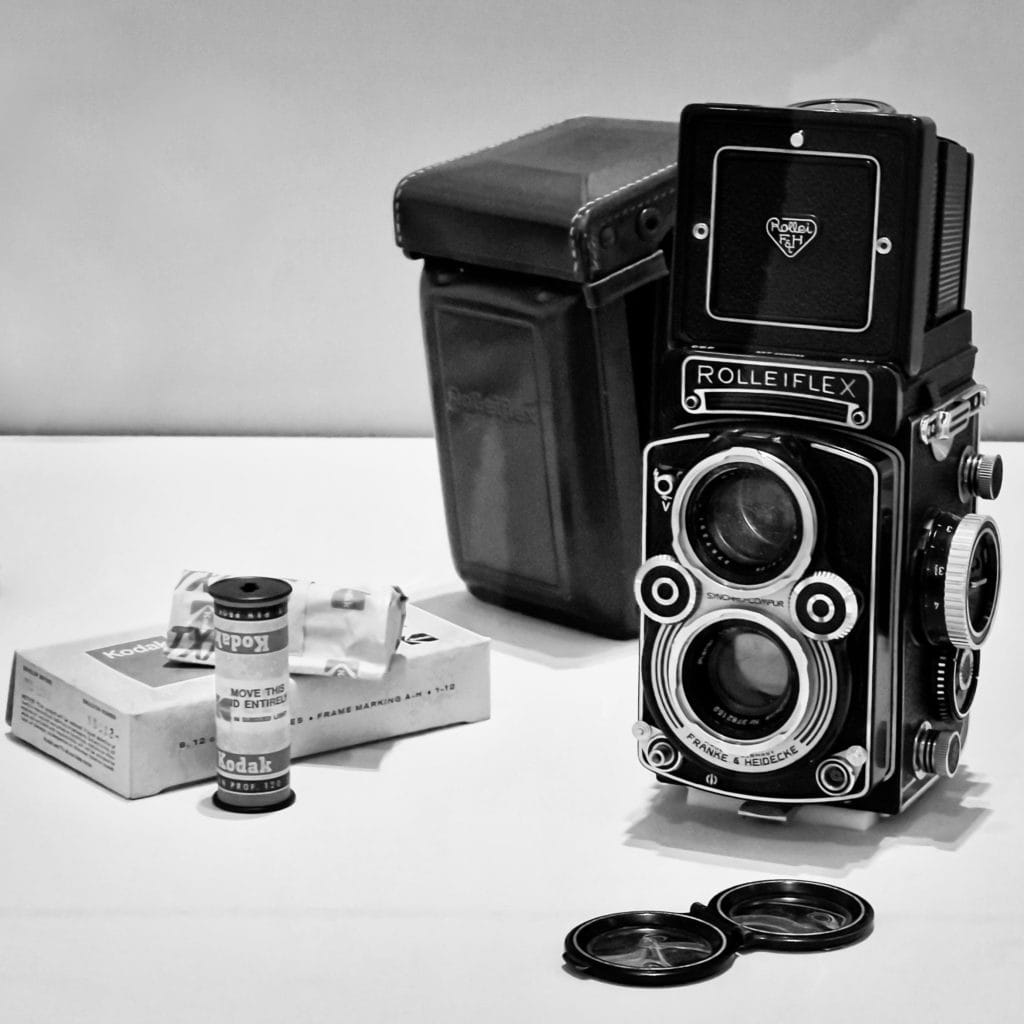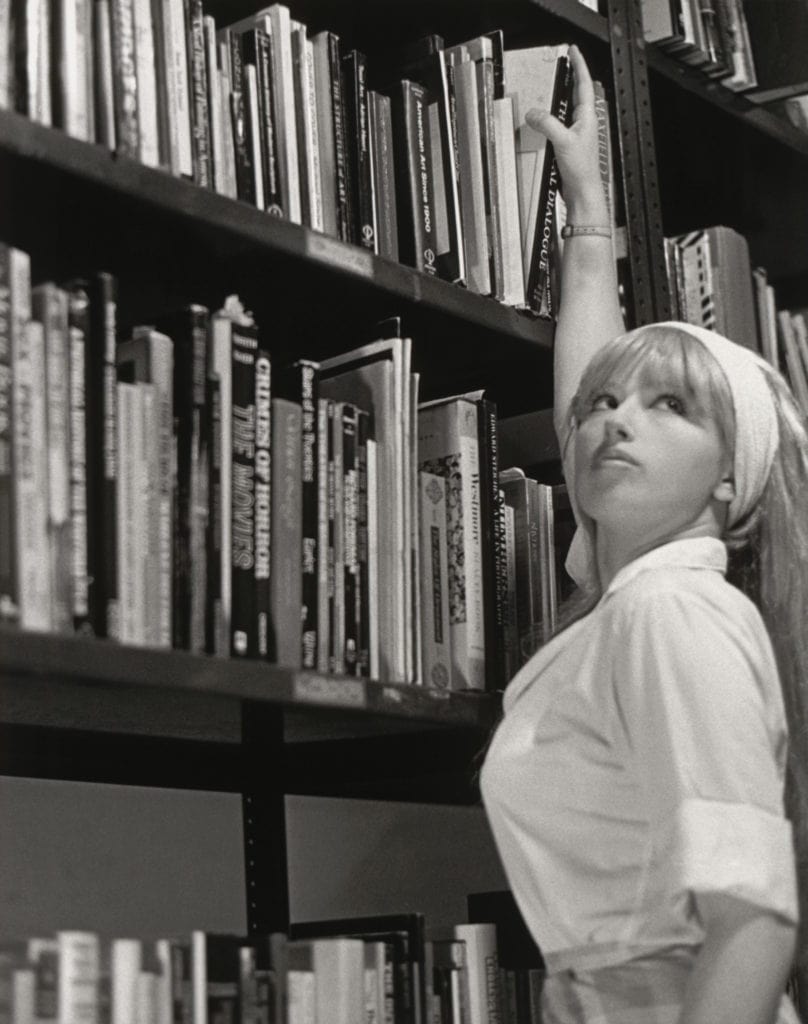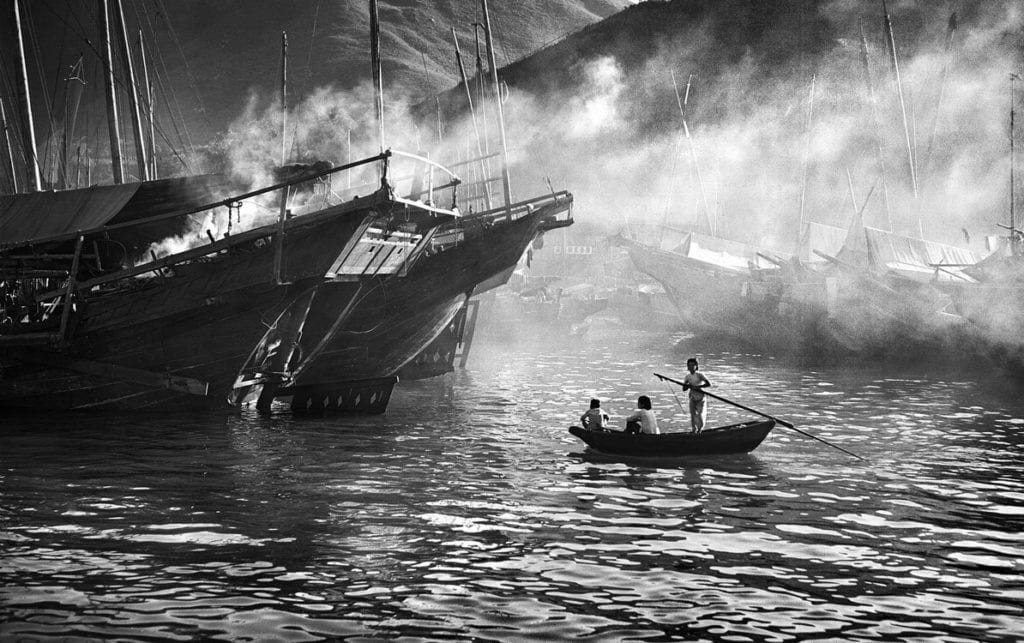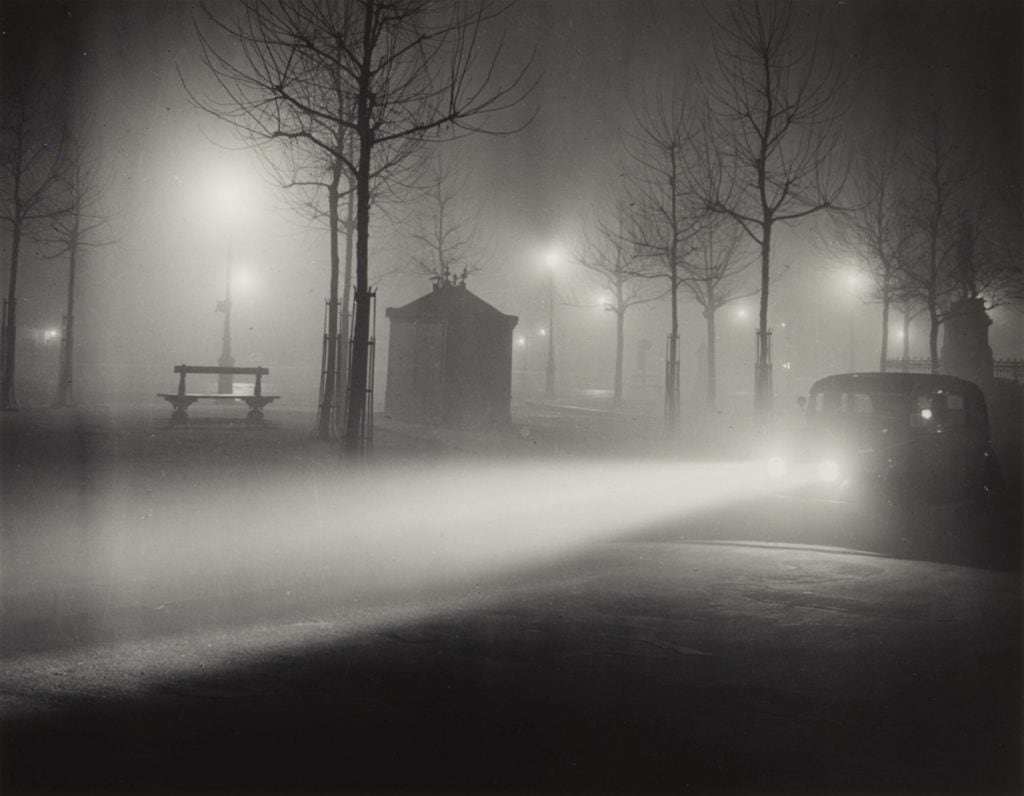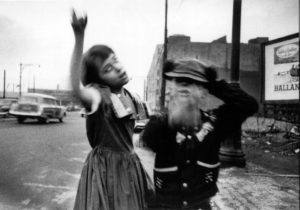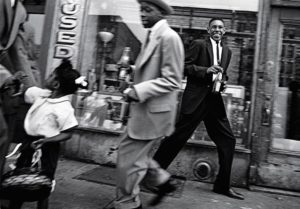Rather infrequently, a photograph just stops my world for a moment, and the image totally absorbs me. This has happened most frequently at exhibitions, but sometimes it just takes a single photograph. Waterloo Place (1899) by Leonard Misonne (1870-1943) is one of those. Definitely a photograph, but almost a painting, it seems to me a practically miraculous work. This article is the result of the impact of that photograph.
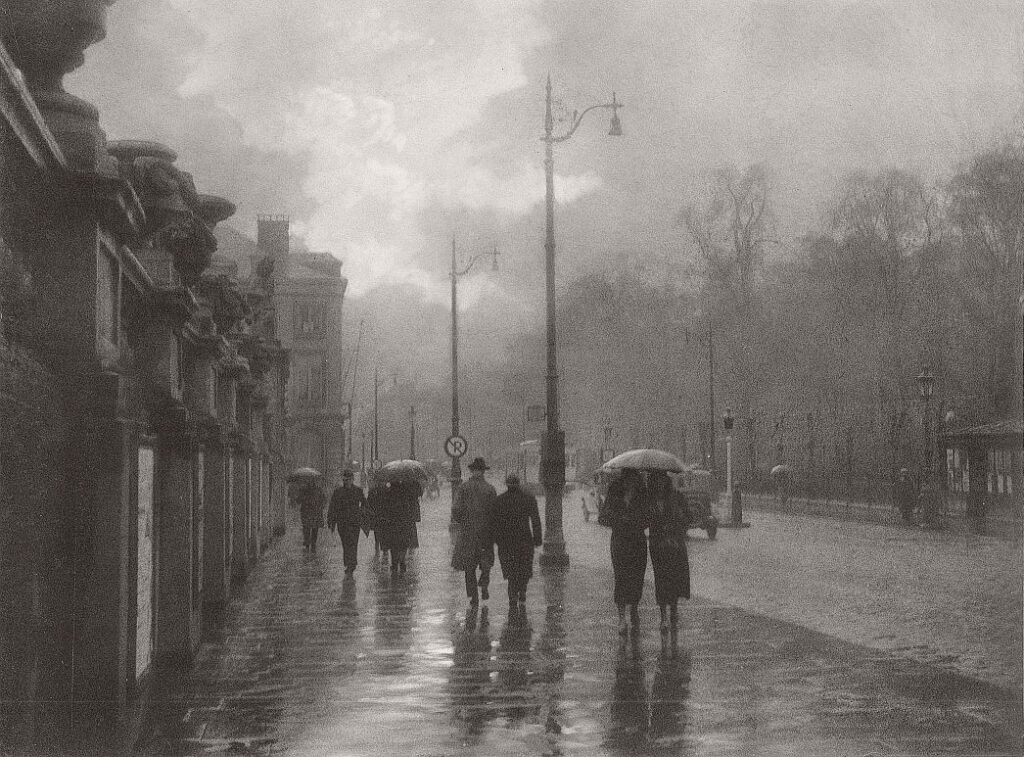
Leonard Misonne was a pictorialist photographer. Pictorialism was a photographic movement from the late 19th to early 20th century that emphasised artistic expression and beauty over factual documentation. The pictorialists were a talented group of people who, in addition to having the skill to take pictures with the cumbersome and slow equipment of the time, realised their vision through a complex end-to-end process that required considerable skill.
They employed extensive darkroom manipulation, sometimes using paintbrushes; they often created their own photographic emulsions and experimented with alternative printing methods. Some even made their own paper. Physics, chemistry and art all played a part in creating a photograph that often looked more like a painting.
Among the pictorialists, Leonard Misonne is remembered for his mastery of light and atmosphere. Amongst the subjects he photographed, he applied these capabilities to the cities of the late nineteenth and early twentieth centuries, and the results are captivating.
His urban work, such as Waterloo Place (1899) and Sortie de la gare de Namur (1938) showcases his talent to best effect. That’s an opinion, not a fact, but this post reviews his life, work and techniques, with particular emphasis on his urban work.
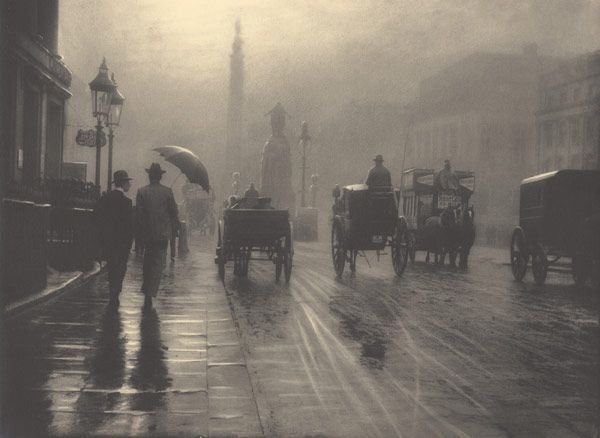
Early Life and Background
Leonard (Léonard in French) Misonne was born in 1870 in Gilly, near Charleroi, a major coal-mining centre, into a wealthy family whose affluence afforded him the freedom to pursue his interests.
His father, Louis Misonne, was an industrialist and lawyer who made his fortune from coal mining, and Leonard trained as a mining engineer at the University of Leuven. He quickly abandoned the profession, as his inclinations lay elsewhere.
From an early age, his asthmatic condition, though a physical hindrance, instilled in him a fascination with the movement and condition of air and the weather.
He became a keen cyclist, travelling through the countryside and cities of Belgium with a sketchbook or camera to hand. These journeys contributed to his careful observation of light, cloud, and shadow, which would later help to define his photographic work.
Artistic Influences
Although not a painter-turned-photographer like Edward Steichen, Misonne’s photographic vision was influenced by 19th-century painters who emphasized light, atmosphere, and mood.
The most well-known of these today is Gustave Doré, from whose engravings Misonne absorbed chiaroscuro, the dramatic use of light and shadow to create depth and volume, famously exemplified by Caravaggio.
However, The most historically important of his influences was French landscape painter Jean-Baptiste-Camille Corot. A national treasure in his lifetime, he is known more to curators and art historians than the general public today. At the time, however, parallels with his work earned Misonne the nickname the Corot of photography which was a huge endorsement.
Misonne was also influenced by at least two artistic movements. The Barbizon School was a group of French painters who painted directly from nature, and the later Tonalists were American artists who created paintings awash in mist or atmospheric fog.
Philosophy and Techniques
With these influences, Leonard Misonne rejected the realism of much early photography and sought to elevate the medium to the level of fine art. This was the Pictorialist mission. He subscribed to the Pictorialist belief that photography should evoke rather than record, capturing more than just the facts of a scene.
To this end, he employed a variety of alternative printing processes, often modifying them to suit his needs.
One of Misonne’s preferred techniques was the bromoil process, which allowed him to suppress detail and selectively control tone. The method began with a traditional silver bromide print that he then bleached, hardened, and inked with lithographic brushes. This created the painterly textures needed for his misty streetscapes and glowing landscapes. He learned the process from Émile Constant Puyo, a key figure in French Pictorialism, during a visit to Paris around 1910.
Misonne also experimented with the Fresson process, a secretive carbon print technique developed by the Fresson family, known for its matte finishes and tonal control. Another favoured method was mediobrome, a hybrid of silver gelatin and pigment-based printing which allowed for both photographic realism and artistic manipulation. Misonne’s prints made with mediobrome exhibit a haunting, diffused light, which was a hallmark of his style.
Hybrid Techniques
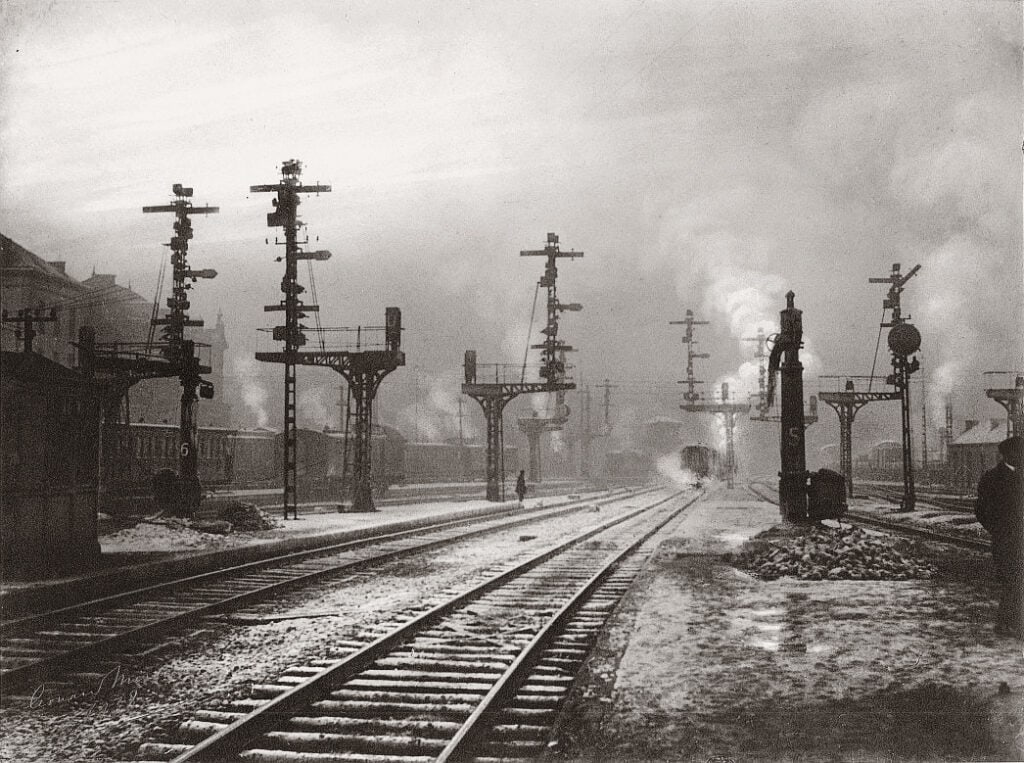
He also developed his own hybrid techniques, most notably photo-dessin and flou-net. Photo-dessin (“photo-drawing”) blended charcoal or pencil sketches with photographic precision, often resulting in images that hovered somewhere between a drawing and a photograph. Flou-net combined softness (flou) with select sharpness (net), creating clarity amidst fog.
All of these methods were in service of what Misonne considered essential: light. His photographs are suffused with mist, low sun, and glowing haze. These were natural elements that were amplified, not fabricated, through his darkroom techniques. Misonne made light itself the subject of his photography. He often placed figures and scenes against the light, backlit by early morning sun or streetlamps in fog, so that their forms became silhouettes or halos within a luminous atmosphere.
One of his most famous quotes is ‘The subject is nothing, light is everything.’
Urban Atmosphere
While his images of the countryside, especially those of the Belgian Ardennes, were widely praised at the time, it is Misonne’s urban works, which captured the industrial beauty of cities like Brussels, Liège, and London, that I find unique and most appealing. Across all of his work, atmosphere was not a secondary consideration to Misonne; it was the subject itself. He was less concerned with what was seen than with what was felt.
A Lynchian Parallel
Despite the cultural and aesthetic contexts being worlds apart, there is something about the dreamlike, foggy ambiguity in industrial settings that reminds me of the work of David Lynch, whom I also greatly admire. Lynch was another great artist who was also less concerned with what was seen than with what was felt. Another parallel between the two artists is decribed in an article in Open Culture. The Art of David Lynch points out that the term ‘Lynchian is necessarily tied to a painterly sensibility’. In Lynch’s case, the painterly influences were René Magritte, Edward Hopper, Arnold Böcklin, and Francis Bacon. Hopper’s Nighthawks and Böcklin’s Isle of the Dead, both of which I’ve been lucky enough to see up close, both come to mind here.
The intent behind their work was, of course, very different; Misonne was in pursuit of an idealised vision, even when melancholy. Lynch’s work, with its industrial darkness, dream states, and fog, emphasises decay and is famous for producing substantial quantities of anxiety and existential dread.
Notable Urban Works
Several of Leonard Misonne’s photographs stand out for their urban atmosphere. Many make use of rain and fog as part of the effect. These works seem to me to be some of his most accomplished:
- Waterloo Place Perhaps his most celebrated urban image (certainly by me, and shown in this post)
- Sortie de la gare de Namur (also an accompanying image) A view of a departing train in dense steam. The tracks recede into haze, and figures blur into shadows
- Rain, Belgium, also known as Effet de Pluie (the third image in this post) A rainy street with umbrellas and glowing reflections
- La Grand Place de Bruxelles The famous square, seen through a filter of diffused winter light.
- Le Voile (The Veil) A foggy street scene where pedestrians seem to vanish into opacity
- Rue de Village A quiet city street at dusk, with horse-drawn carriages and gaslight just beginning to show.
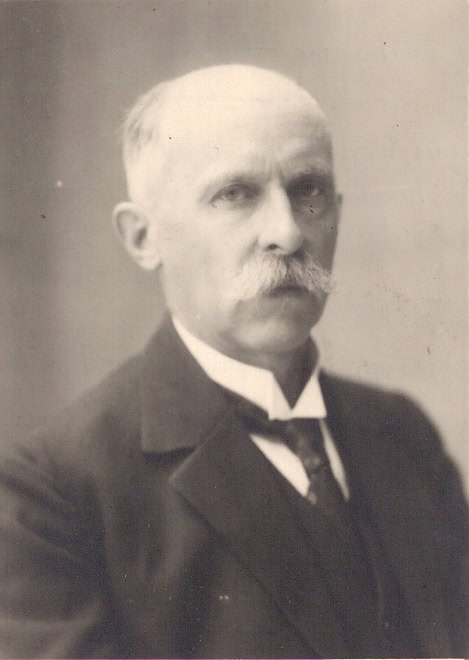
The Legacy of Leonard Missone
Leonard Misonne died in 1943. He had suffered from severe asthma throughout his life and complications related to this condition led to his death.
His works were celebrated in his own time, but today his reputation today is more specialized, and he is better known in the context of the history of early art photography – a similar fate to his artistic influence, Corot.
Among the Pictorialists, he is usually ranked just below the most internationally recognised figures like Alfred Stieglitz, Edward Steichen and Edward Weston and so falls out of public consciousness.
To my mind, Leonard Misonne is the most accomplished of the Pictorialists in conjuring urban atmosphere, and there is real magic in his work. On this site Leonard Missone joins Brassaï, Fan Ho, Vivian Maier, Cindy Sherman, Saul Leiter and William Klein (so far) – all of whom had the same effect on me – their work moved me, so much so that I felt compelled to learn and write about their work.
